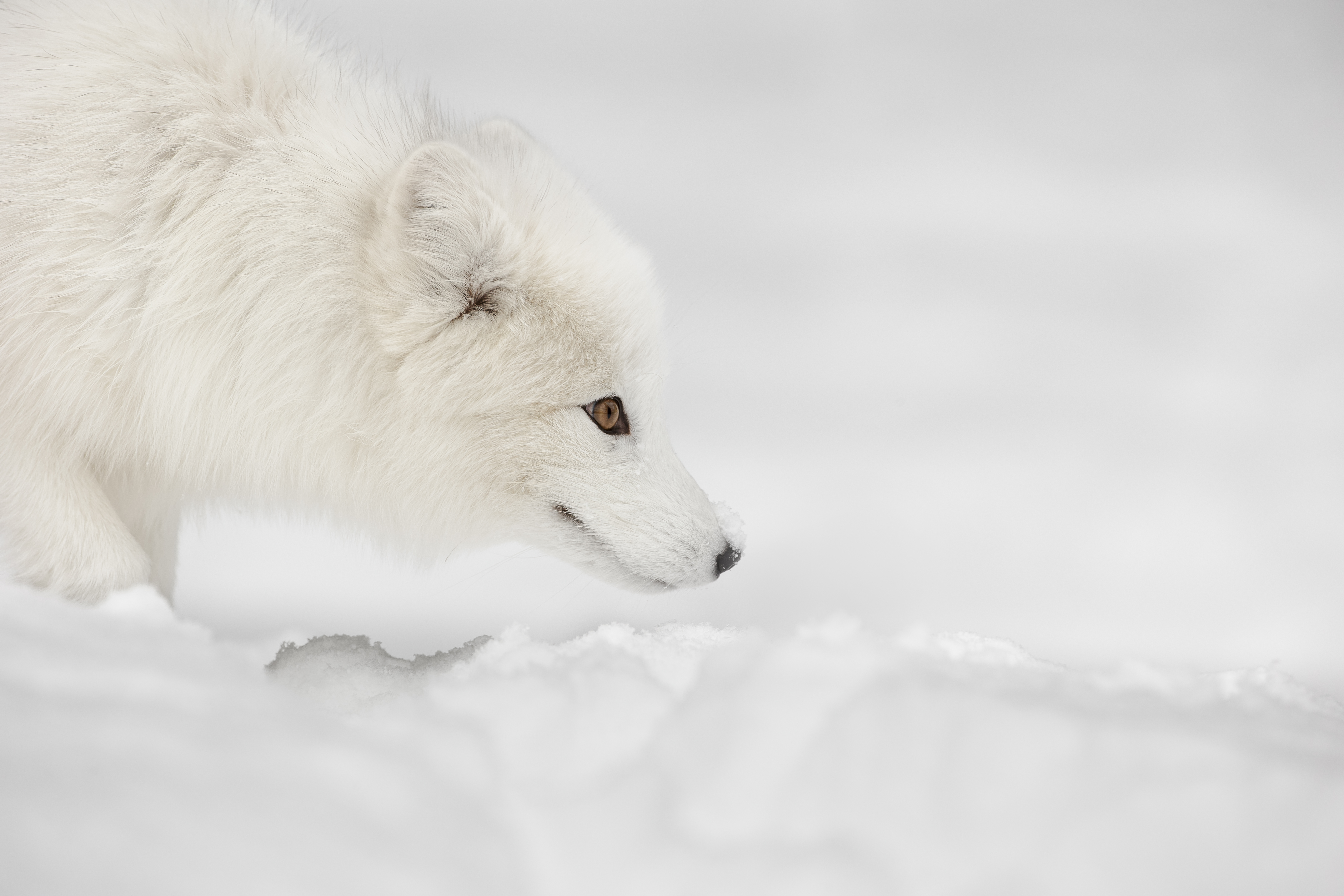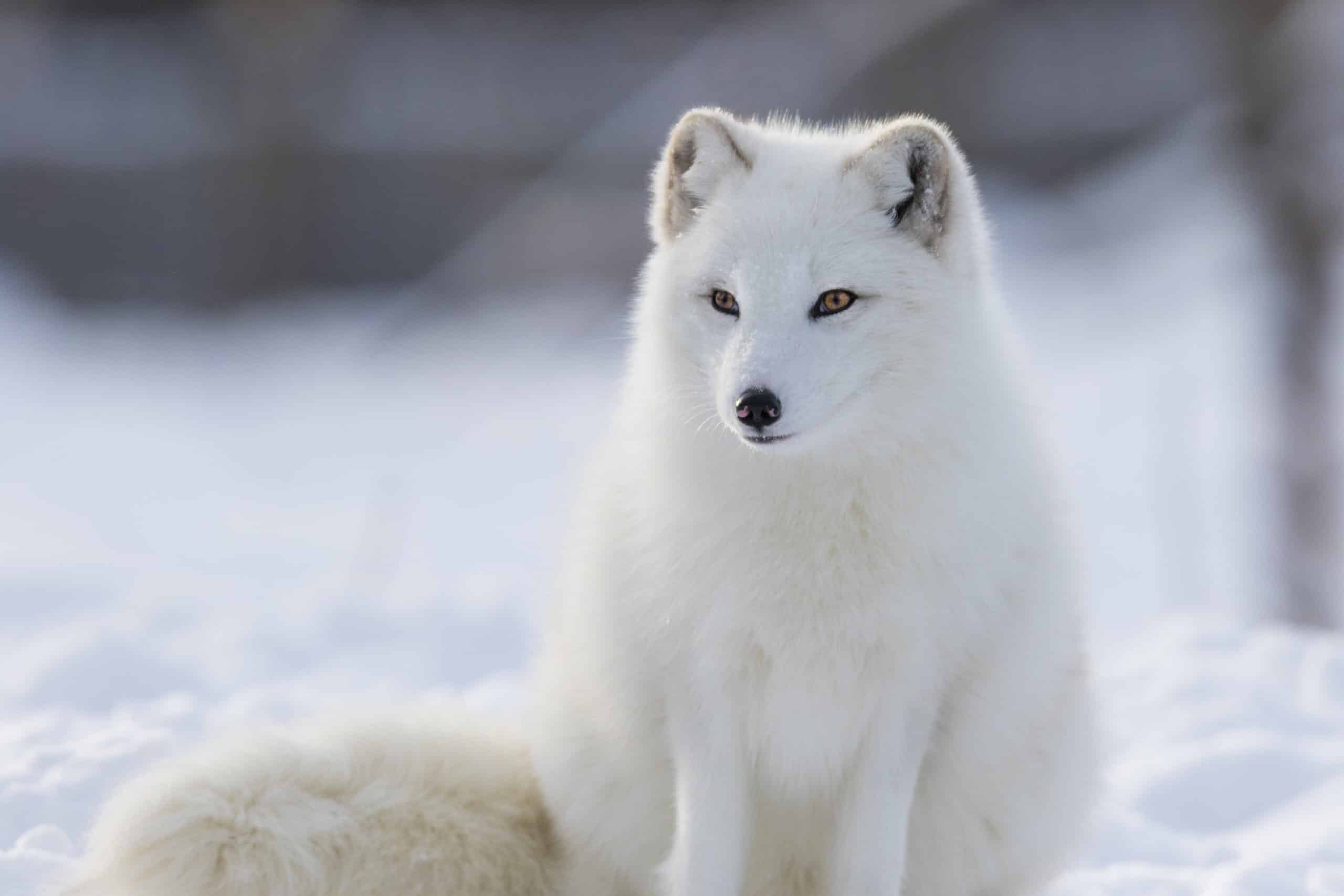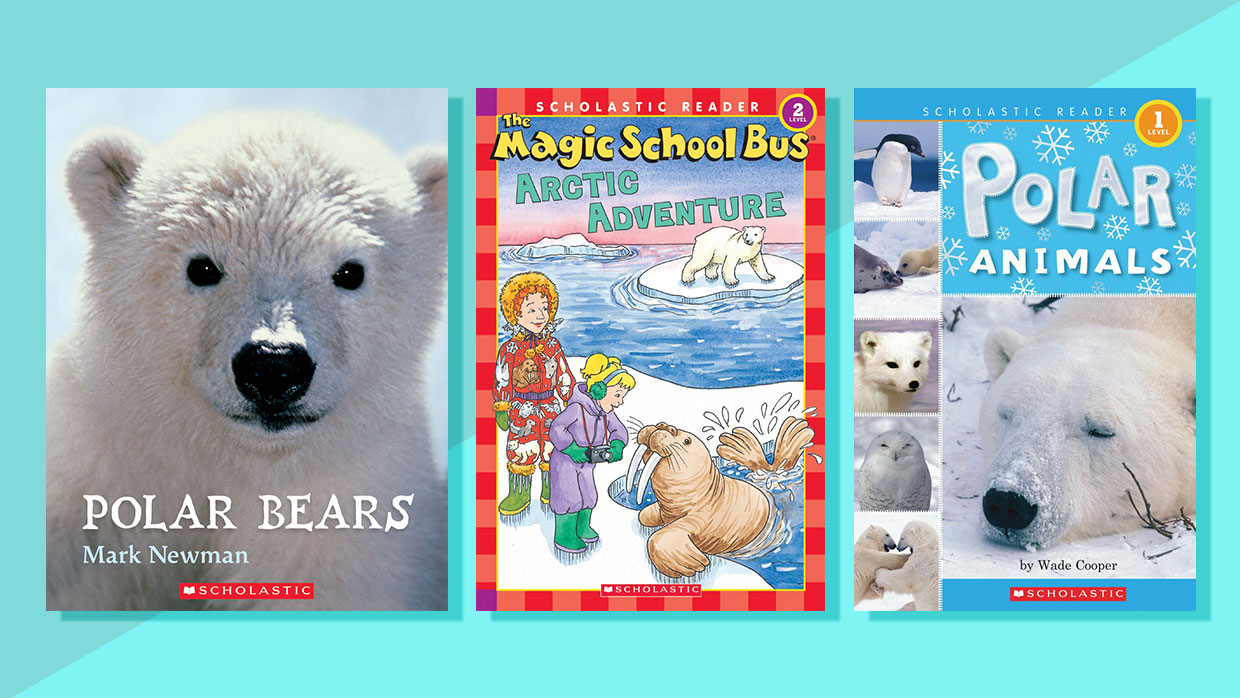Arctic Animals Adaptations Ks2

Arctic animals adaptations ks2.
Arctic animals adaptations ks2. A substantial blubber layer lies under the skin acting as insulation so allowing the seals to swim indefinitely in frigid Antarctic waters down to -2C. You probably know that it is a very cold icy place hom. Smooth streamlined shape to pass easily through the water.
Fore and hind limbs developed into flippers for swimming. Polar bears live in a very cold habitat. Adaptations of animals living in the Arctic.
During winter their fur can range from a white to a bluewhite color to blend in with the ice and snow. Using our accompanying National Geographic Kids lesson plan pupils will learn about how the animals and people that are found in the Arctic have adapted to survive in the environment. This lesson teaches you about the different kinds of adaptations polar bears have developed in order to survive in a cold harsh Arctic environment.
A look at a selection of animals investigating how they have adapted to their environments. The sky is mostly cloudy over the arctic ocean. Walruses and humpback whales live in the Arctic ocean.
Mimicry Experiment by Teach From The Heart 4. Another similar species the Mountain Hare Lepus timidus is found in Arctic Europe and Asia both are animals of the high Arctic it is possible that both are actually the same species. Suddenly a snowy mound wiggles and reveals two dark eyes.
Polar bears and arctic foxes are adapted to the extreme weather of the Arctic region. During this time the ocean is full of tiny plants and animals called plankton. But warm fur alone might not keep this fox alive during the polar winter when temperatures rarely.



















